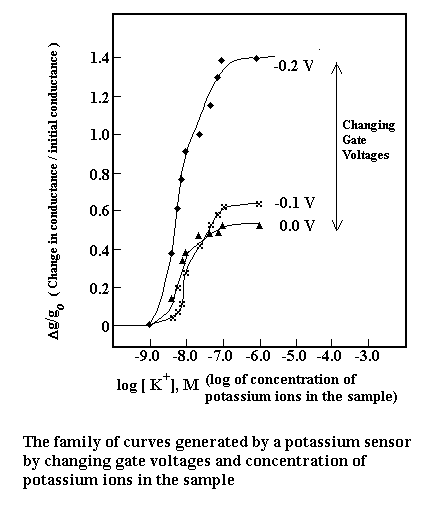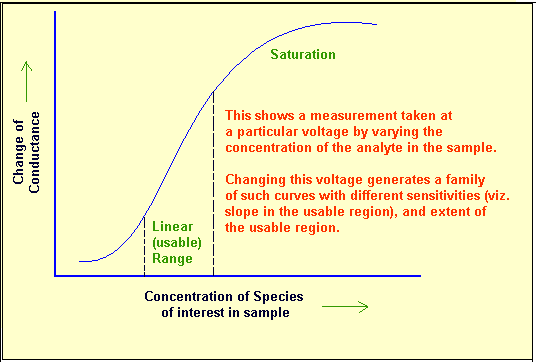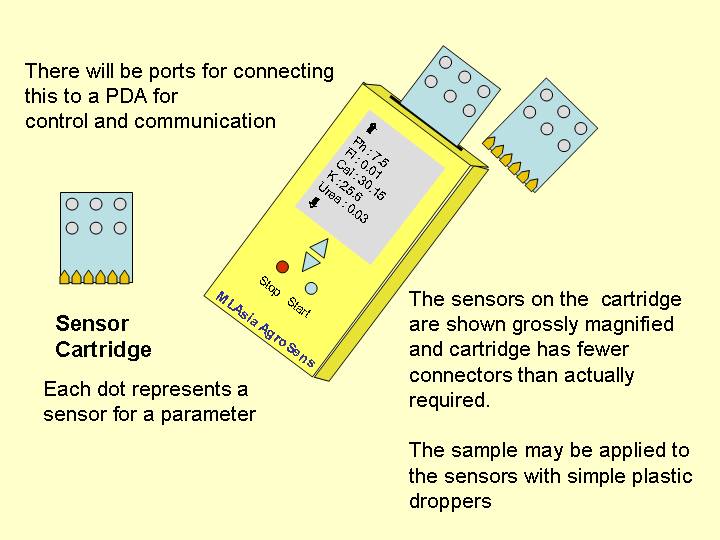Amongst the major
impediments to universal healthcare in India is a lack of
availability of affordable, modern diagnostic services to the vast
majority of our population - which is served, if at all, by ill
-equipped primary health-care centres. Early detection of a
potentially diseased condition is critical to its better prognosis
and efficient treatment.
 Besides,
it can also help in controlling the cost of treating the disease.
For example, simple biochemical analysis of blood and other body
fluids can give early indications of diseases. Unfortunately, at
the present, such tests can be conducted only in well-equipped
laboratories, typically concentrated in urban locales.
Unavailability of such facilities in most of the country’s rural
regions thus naturally creates a chasm between healthcare
management amongst urban and rural populations. In fact, the
existent state of medical facilities actually makes for a "cost-ineffective"
situation for the vast majority of our citizens.
Besides,
it can also help in controlling the cost of treating the disease.
For example, simple biochemical analysis of blood and other body
fluids can give early indications of diseases. Unfortunately, at
the present, such tests can be conducted only in well-equipped
laboratories, typically concentrated in urban locales.
Unavailability of such facilities in most of the country’s rural
regions thus naturally creates a chasm between healthcare
management amongst urban and rural populations. In fact, the
existent state of medical facilities actually makes for a "cost-ineffective"
situation for the vast majority of our citizens.
Such seeming "rural-urban"
divide plague many other critical systems as well. Here is a ready
example: A good fraction of our population today has to do without
drinking water free of inorganic, organic, pathogenic, and other
pollutants. The pressing exigencies of modern, high yield
agriculture - employed to meet the needs of a steadily bourgeoning
population - has led to the groundwater being exploited
aggressively, and to an increasing contamination of the surface
water. A range of pollutants, from heavy ions and organics to
agricultural and industrial effluents, now steadily enter our
natural water systems. So, preserving the purity of aquifers and
rivers, and improving the quality of water supplied to the public
will become increasingly important for our society. This will not
be an easy exercise as we do not have accurate, updated
"water-maps" (or for that matter, "disease-maps").
 But
what are the reasons for the lack of instruments (or sensors) for
biochemical diagnostics or regular water quality assessment,
especially for use in the less developed zones? They are:
But
what are the reasons for the lack of instruments (or sensors) for
biochemical diagnostics or regular water quality assessment,
especially for use in the less developed zones? They are:
• The relatively high cost
of the sensors and as sociated instrumentation.
• The dependence on
imported, "non-tropical ized" instruments that suffer frequent
break downs.
These very lacunae have now
prompted a program of development of inexpensive and robust
instruments and sensors at IIT Bombay. The project will aim at the
development of conducting-polymer based sensors for detecting urea
and ionic contaminants (H+, Fluoride, Potassium and Chloride).
These chemical parameters are important for both water quality
assessment as well as blood biochemical analysis. In addition we
plan to develop a sensor for glucose-level (an important medical
parameter) assessment. Potentially, the same protocol can be used
to develop sensors for other ionic, organic and pathogenic species
as well.
Electronically
conducting polymers were first synthesized in 1979 and have since
attracted attention for their potential applications in various
fields. One of the major areas of their application has been as
transducers for chemical and biochemical sensors. The basic
physics behind it all is that the interaction of conducting
polymer with simple ions (i.e., H+), molecules, or even
macromolecules leads to a change in the chemical or
electrochemical state of the polymer backbone. These changes are
manifested in the form of changes in electronic conductivity of
the polymers. Based on this relatively simple principle, a variety
of chemical and biological sensors have been developed by
researchers across the world. The twin features that have made
conducting polymers an attractive alternative to conventional
sensors are: low cost and ease of sensor fabrication. Further,
these sensors can be miniaturized and assembled as an array to
produce what are known as ‘electronic tongues.’

Sensors for pH, glucose,
urea and potassium ions have been already developed at IIT Bombay.
A team comprising Profs. A Q Contractor (Chemistry), R Lal
(Electrical Engineering), S Mukherji (School of Biosciences and
Bio-engineering) and K Munshi (IDC) is concentrating on
prototyping the sensor and its associated instrumentation as part
of the ongoing Media Labs initiatives. This will enable their easy
and widespread deployment. The Media Lab Asia initiative will
facilitate the traversal of this last mile of institutional
research before the technology can be handed over for commercial
exploitation. We expect that in the future a composite conducting
polymer matrix will be available, that will act as a platform into
which sensing species of various kinds can be immobilized. Hence
the instrument, that is developed, would allow - with little or no
modification - sensing a wide variety of chemical species that
needs to be monitored.